When it comes to growing bonsai, picking the right soil is crucial. Over the years, I’ve discovered that soil isn’t just something to hold the roots; it’s essential for water retention, nutrient absorption, and root aeration.
Whether you’re an experienced bonsai enthusiast or just starting out, understanding the importance of soil can make a huge difference. The right soil mix provides the perfect balance, allowing your bonsai to thrive even in a small pot.
Understanding Bonsai Soil
When selecting bonsai soil, you need to find one that drains quickly but also retains enough moisture to keep the roots healthy and oxygenated. Regular garden soil usually doesn’t meet these requirements. Bonsai soil needs the right physical and chemical properties to maintain the delicate balance necessary for your tree’s health.
Physically, the best bonsai soil has a granular structure to prevent compaction. This is important because compacted soil can suffocate the roots, leading to waterlogging and root rot, which can be fatal for your bonsai. The granular texture helps the soil maintain its structure when wet, promoting better airflow and root penetration.
Chemically, bonsai soils are generally neutral to slightly acidic, which matches the pH preference of most bonsai species. The soil should also have a good balance of nutrients and a high cation-exchange capacity, which helps retain and supply the necessary minerals to the roots.
The Role Of Soil Components In Bonsai Health
Inorganic materials like akadama, pumice, and lava rock are commonly used in bonsai soil mixes because they drain well. This helps prevent root rot, which often occurs in poorly drained soils.
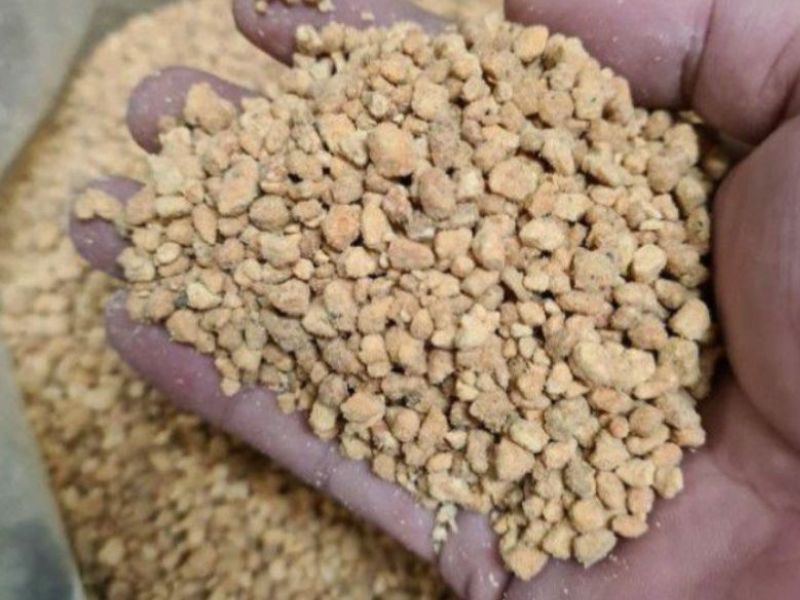
Akadama, a type of clay from Japan, is particularly prized for its ability to retain water and nutrients. When wet, it holds onto water and nutrients, releasing them slowly to the roots. As it dries, it provides essential aeration to the root system.
Pumice helps by promoting aeration and regulating moisture, while lava rock adds structure and further improves drainage. Lava rock is also porous, so it holds some moisture and nutrients.
Organic matter, like peat moss or pine bark, is also important in bonsai soil mixes. Peat moss retains water well, helping to keep the soil moist. However, it must be used carefully to avoid waterlogging. Pine bark helps with moisture retention and slowly decomposes, releasing nutrients over time.
Types Of Bonsai Soil Mixes
Understanding that not all bonsai trees are the same is key to successful cultivation. Each species has its own requirements for optimal growth. For instance, junipers thrive in well-draining, lean soil, while tropical species like ficus need a mix with more organic content to retain moisture.
Organic soils
Organic soil mixes are valued for their ability to retain moisture and nutrients. They contain components like pine bark, peat moss, and decomposed organic matter, which are great for species that love humidity or need plenty of nutrients.
Inorganic Soils
Inorganic soil mixes, made up primarily of pumice, lava rock, and akadama, are favored for their excellent drainage capabilities. These mixes are ideal for species that are prone to root rot or prefer drier roots. Inorganic components help prevent overwatering by allowing excess moisture to drain away quickly, while their porous nature ensures they still retain adequate water.
Customizing Your Soil Mix

Start by understanding the specific needs of your tree species. Think about its water and nutrient requirements and how well it handles wet or dry conditions. For example, a desert species will need different soil from a tropical one.
To avoid compacted organic soil, which can suffocate roots and block water flow, balance organic and inorganic components. A good approach is to use inorganic substrates like pumice, lava rock, or calcined clay as your base.
Next, depending on your bonsai’s needs, add organic materials like pine bark or composted pine needles. These help retain water and slowly release nutrients.
The key is getting the proportions right. Too much organic material can cause water retention and root rot, while too little can dry out quickly and need frequent watering. Fine-tuning these ratios creates a mix that lets the roots breathe and access moisture without waterlogging.
Also, consider the particle size of your bonsai soil. Smaller particles are better for miniature bonsai like shohin or mame, while larger particles suit bigger bonsai with more substantial root systems.
Choosing Soil For Different Bonsai Species
For deciduous bonsai, a balanced mix typically includes equal parts akadama, pumice, and organic matter. This combination keeps the soil moist without becoming waterlogged, ensuring proper root hydration and health.
Evergreen bonsai, such as pines and junipers, need a mix that offers excellent drainage. These species, used to quick-draining habitats, can suffer from root rot if their soil stays too wet. A mix with more akadama and lava rock, along with a smaller amount of organic matter, creates the right level of dryness between waterings.
Tropical bonsai varieties, like Ficus, prefer even more organic content to sustain the higher humidity they thrive in. For these species, a good mix might include one part akadama, one part pumice, and two parts organic matter like peat moss or coconut coir.
DIY Vs. Pre-Mixed Bonsai Soils
Making your own bonsai soil at home is pretty straightforward. Start with a base of inorganic components like akadama, pumice, and lava rock for good drainage. Then, add organic materials like pine bark or sphagnum moss to help retain moisture. A balanced mix might be 50% akadama, 25% pumice, and 25% organic material.
You can adjust these ratios based on your tree’s watering needs and your local climate.
The benefits of DIY mixes include freshness and the ability to make small batches tailored to individual trees. However, the downsides include the time and effort needed to find and mix the materials correctly. Plus, without the right knowledge, you might create a mix that doesn’t provide the best balance for your bonsai.
On the other hand, pre-mixed bonsai soils are created by experts to offer convenience and consistency. These mixes are designed to meet a wide range of general bonsai needs, making them a great starting point for beginners or anyone looking for a hassle-free option. The downside is that they might not be perfect for every tree or situation, and they can end up being more expensive than DIY mixes over time.
Grow With Us: Bonsai Mastery
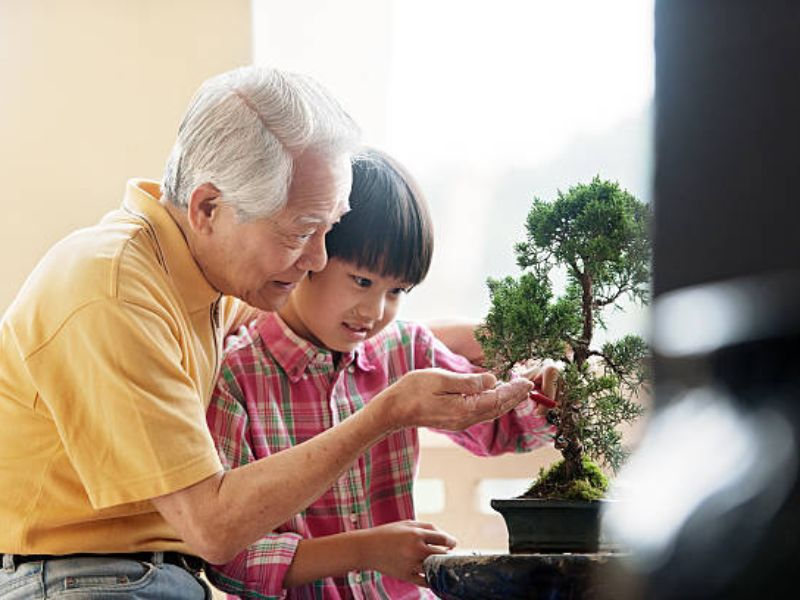
I encourage you to take this knowledge and experiment with different soil mixes. Observe how each mix affects your bonsai’s growth and health. Your personal experience is invaluable. Sharing what you learn can help the entire bonsai community grow stronger. Don’t hesitate to ask questions, seek advice, and connect with fellow enthusiasts.
At Leaves and Soul, we’re here to support your bonsai passion. We offer a variety of soils, fertilizers, and amendments tailored to meet the needs of every bonsai gardener.
So, take the next step, apply what you’ve learned, and engage with the community. Your feedback and experiences not only contribute to your own bonsai success but also help others along their path. Together, we can cultivate more than just bonsai—let’s build a community of shared knowledge and passion.


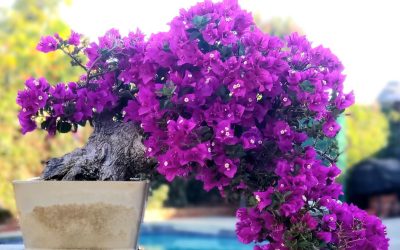
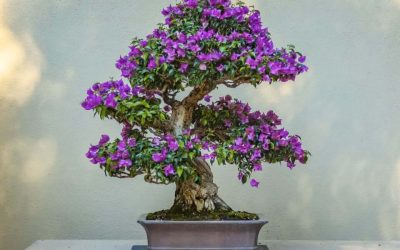
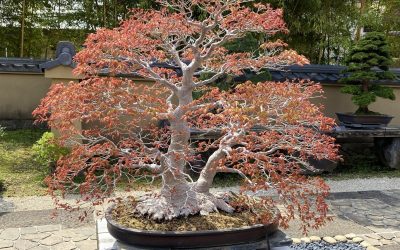
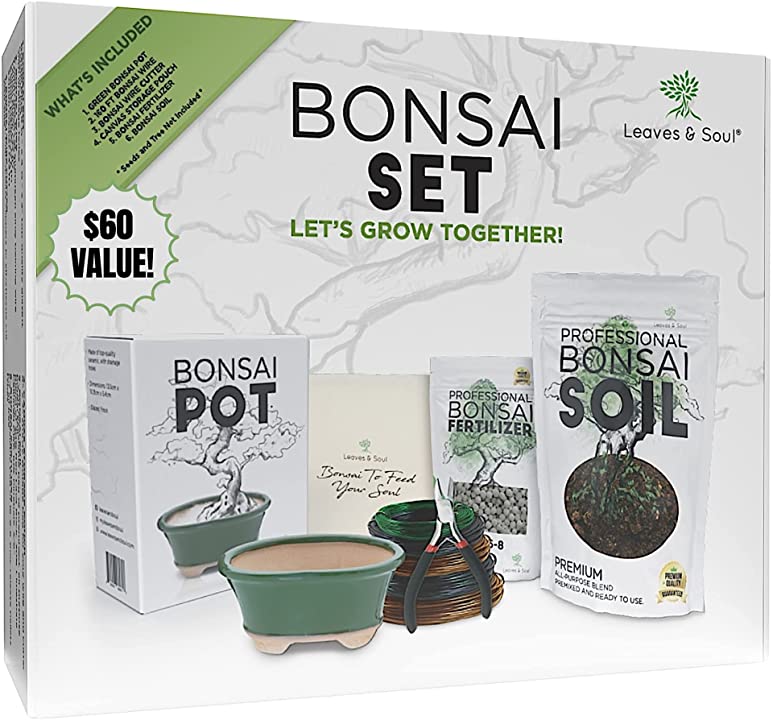
0 Comments